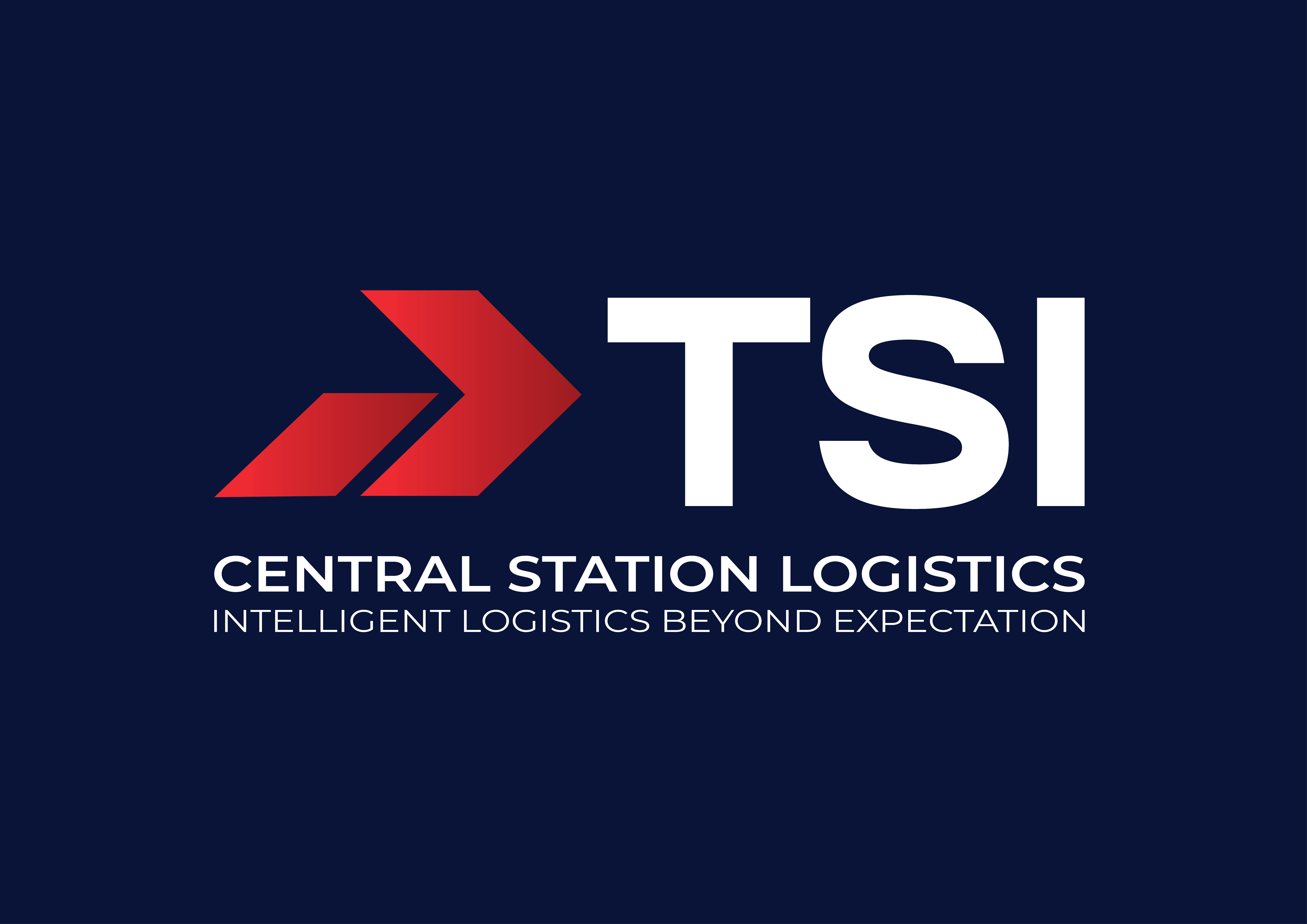Embracing Digitalisation in Warehousing

Warehousing and distribution are some of many elements of logistics that have been influenced by Covid-19, and this has changed the way they are viewed by manufacturers. Due to supply chains being disrupted and consumers swapping in-store purchases for online purchases, many manufacturers have moved towards creating a more direct-to-customer (DTC) model.
One thing that the pandemic has done when it comes to warehouse management, is shown that it is an area of weakness as well as an area that can help businesses gain competitive advantage when improvements have been made. Much of the improvement lies in digitalisation.
ERP and Warehousing:
- Back office and warehousing solutions that can support remote working have become vital to the survival of a business, as dispersed workforces become more popular. This is where Enterprise Resource Planning applications that are hosted in the Cloud come in.
- Statista states that the market for ERP solutions hosted in the Cloud is expected to grow 13.6% per year worldwide, reaching $40.5 billion by 2025.
- Cloud-based ERP solutions continue to advance and expand their integration capabilities with other technologies which improve automation and visibility.
How Can Businesses Embrace Digitalisation in their Warehouse?
When considering digitalisation in the warehouse, it is important to remember that it is not just a matter of adding on new technology and apps to existing (often old) processes. It involves reviewing those processes and optimizing them towards more streamlined operations and making use of technology to do this.
In a survey completed by the MHI Annual Industry Report, 80% of the respondents believe that the digital supply chain will be the dominant model within the next five years, and 20% of respondents believe that it already is. Here are a few ways you can embrace digitalisation in your warehouse:
- Implement a cloud-based ERP system or upgrade your existing one to make sure it is as up-to-date as possible.
- Go paperless and capture live data about your on-the-floor transactions. This will eliminate delays and human errors (your ERP system can help you do this).
- Invest in applications that accurately analyse data and help you forecast and make informed decisions.
Warehouses that aren’t optimized and are still making use of outdated systems will continue to see cost increases and lower profits. If you haven’t already started to go digital, you are behind!
Find out how TSI’s Digital Control Tower can integrate with your existing technology to make for an advanced, streamlined logistics system.


